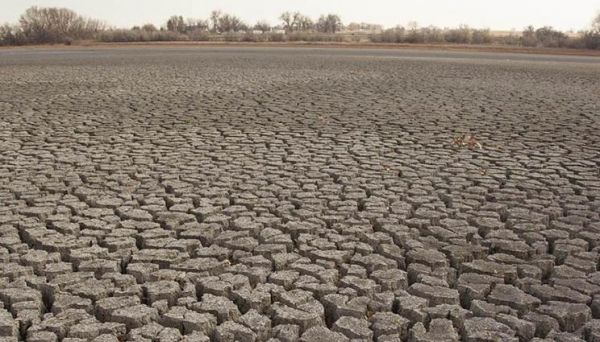Flash droughts are a type of extreme event distinguished by rapid intensification of drought conditions with severe impacts. They unfold on subseasonal to seasonal timescales (weeks to months), presenting a new challenge for improving predictions of when flash droughts occur.
In new research published in the March 2 edition of Nature Climate Change, a multi-institutional collaboration including Lawrence Livermore National Laboratory (LLNL) climate scientist Celine Bonfils, explored current understanding of the physical processes that can drive flash droughts, the existing capabilities to predict them and what is needed to make progress to establish effective early warning of flash droughts.
“There is a growing awareness that flash droughts can trigger severe agricultural impacts while the mechanisms at their origin need more investigation. This makes flash droughts a compelling frontier for research, monitoring and prediction,” Bonfils said.
Drought is perhaps the most complex and least understood of all weather and climate extremes. Despite an increasing drought risk in a future warmer climate, this risk is often underestimated and continues to remain a “hidden hazard.” Drought can span timescales from a few weeks to decades, and areas from a few kilometers to entire regions. Impacts usually develop slowly, are often indirect and can linger for long after the end of the drought itself.
Continue reading at Lawrence Livermore National Laboratory
Image via Lawrence Livermore National Laboratory


